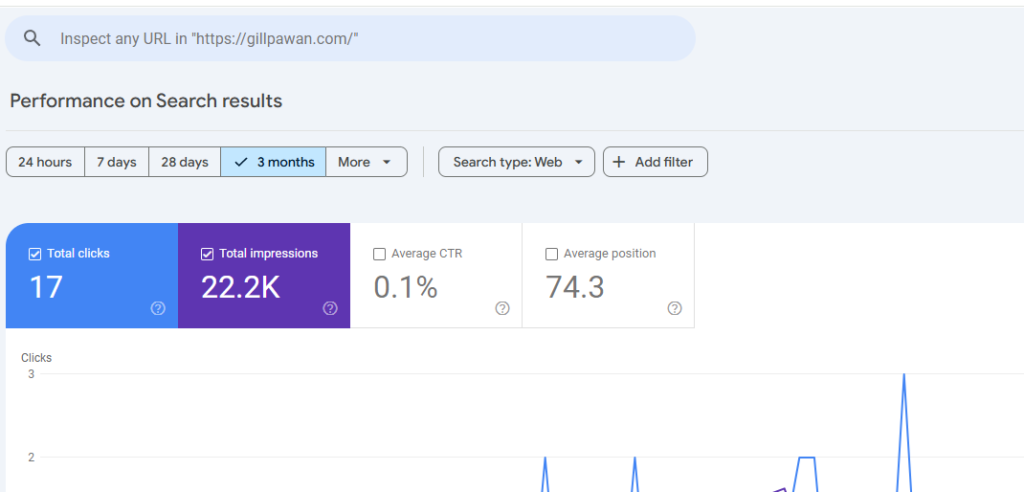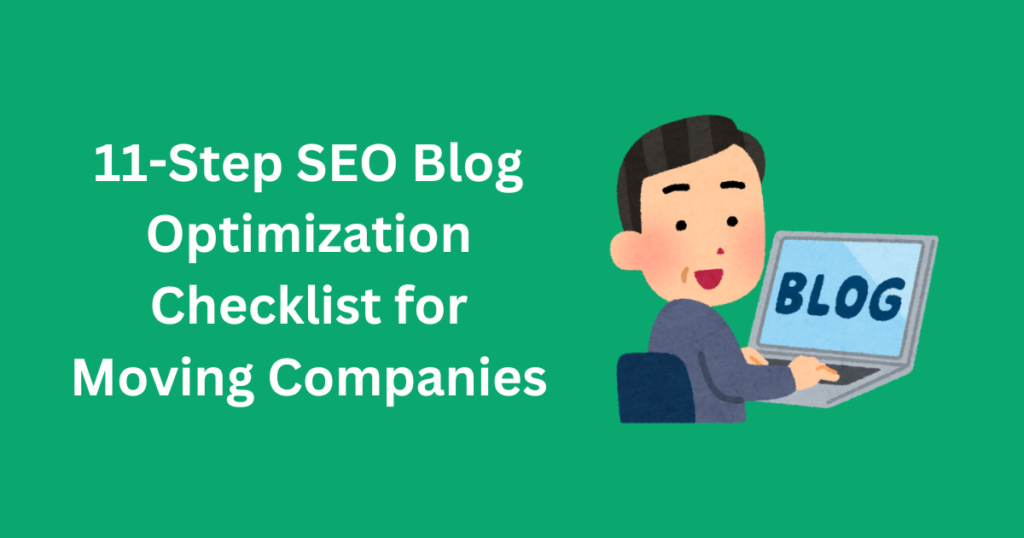For a moving company, having a strong online presence is crucial to attracting potential customers. SEO optimization ensures that your blog reaches the right audience and helps convert readers into customers. Follow this 11-step checklist to improve your blog’s rankings and drive more traffic to your website.
1. Use a Single H1 Tag
The H1 tag should clearly describe the topic of your blog post and include a relevant keyword. For example, a moving company might use an H1 like “10 Tips for a Stress-Free Moving Experience.” The H1 tag is an important ranking signal for search engines and helps them understand your content. Sometimes, Google even replaces the title tag with the H1 in search results, making it crucial to optimize.

2. Structure Content with H2, H3, and H4 Tags
Using subheadings throughout your blog post makes it easier to read and improves SEO. H2 tags should be used for main sections, H3 tags for subsections, and H4 tags for additional details. Including relevant keywords in these headings helps search engines categorize your content effectively.
Examples:
H2: Packing Tips for a Hassle-Free Move
H3: How to Pack Fragile Items
H3: Labeling Boxes for Easy Unpacking
H2: Choosing the Right Moving Company
H3: What to Look for in a Moving Service
H3: Checking Reviews and Credentials
3. Write Valuable Content
To create valuable content, focus on the following guidelines:
- Do keyword research for your moving company blog
- Answer common questions potential customers have about moving.
- Provide detailed step-by-step guides on different aspects of moving.
- Use real-life experiences and case studies to add authenticity.
- Keep sentences simple and easy to read.
- Use bullet points and lists to make content more scannable.
- If you are creating content for a local audience then you can add location. This helps your moving company for ranking on the near me keyword.
4. Add Internal & External Links
Linking to other relevant pages on your website helps visitors navigate your content and improves SEO. Internal links should connect to money pages using descriptive anchor text. For example:
- “Looking for reliable movers? Check out our Moving Company Toronto page.”
- “Need help with packing? Visit our Packing Services section.”
External links to reputable moving resources also enhance credibility and trustworthiness.

5. Enhance with Media
Adding images, videos, or infographics makes your blog post more engaging. Use real images of your movers packing, loading, and transporting items. This builds trust with potential customers and makes your content more relatable.
6. Optimize Alt Texts
Alt text describes images for search engines and visually impaired users. Instead of generic labels, use descriptive phrases like “Professional movers loading a truck in Toronto” to help improve your blog’s search visibility.
7. Optimize Meta Title and Meta Description
A compelling meta title and description help improve click-through rates in search results. Keep the title between 60-65 characters and naturally include keywords. The meta description should be a concise summary of your post, around 155 characters, encouraging users to read more.
Examples:
Bad Meta Title: “Moving Services for Your Needs”
Good Meta Title: “Top Moving Company in Toronto – Affordable & Reliable Movers”
Bad Meta Description: “We offer moving services for everyone. Contact us today.”
Good Meta Description: “Need professional movers in Toronto? Get affordable, stress-free moving services today. Call now for a free quote!”

8. Keep URLs Short & Keyword-Rich
A clean, simple URL structure makes it easier for users and search engines to understand your content. Instead of a long, cluttered URL like www.example.com/blog/moving-tips-article123, use www.example.com/blog/moving-tips to make it more relevant and user-friendly.
9. Implement Schema Markup
For a moving company, implementing Article typeand FAQ Schema can improve search visibility. This helps Google display additional details like pricing, services, and customer reviews in search results.
Example:
- Use the Article to highlight your blog title, description, feature image, URL etc.
- Add FAQ Schema to answer common questions like “How much does moving cost in Toronto?” or “How do I prepare for a move?”
10. Include a Strong Call-to-Action (CTA)

Encourage readers to take action by adding a clear CTA at the end of your blog post. Whether it’s booking a moving service, requesting a free quote, or calling your company for more details, a strong CTA improves conversions and engagement.
11. Request Indexing in Google Search Console
After publishing your blog, submit the URL to Google Search Console to ensure it gets indexed quickly. This step helps your content appear in search results faster and reach potential customers sooner.

Read More – How do you create a perfect Google Business Profile for your moving company?
Conclusion
By following this SEO checklist, your moving company can improve its blog rankings, attract more organic traffic, and convert more visitors into customers. A well-optimized blog not only helps with search visibility but also builds trust and authority in the moving industry.
